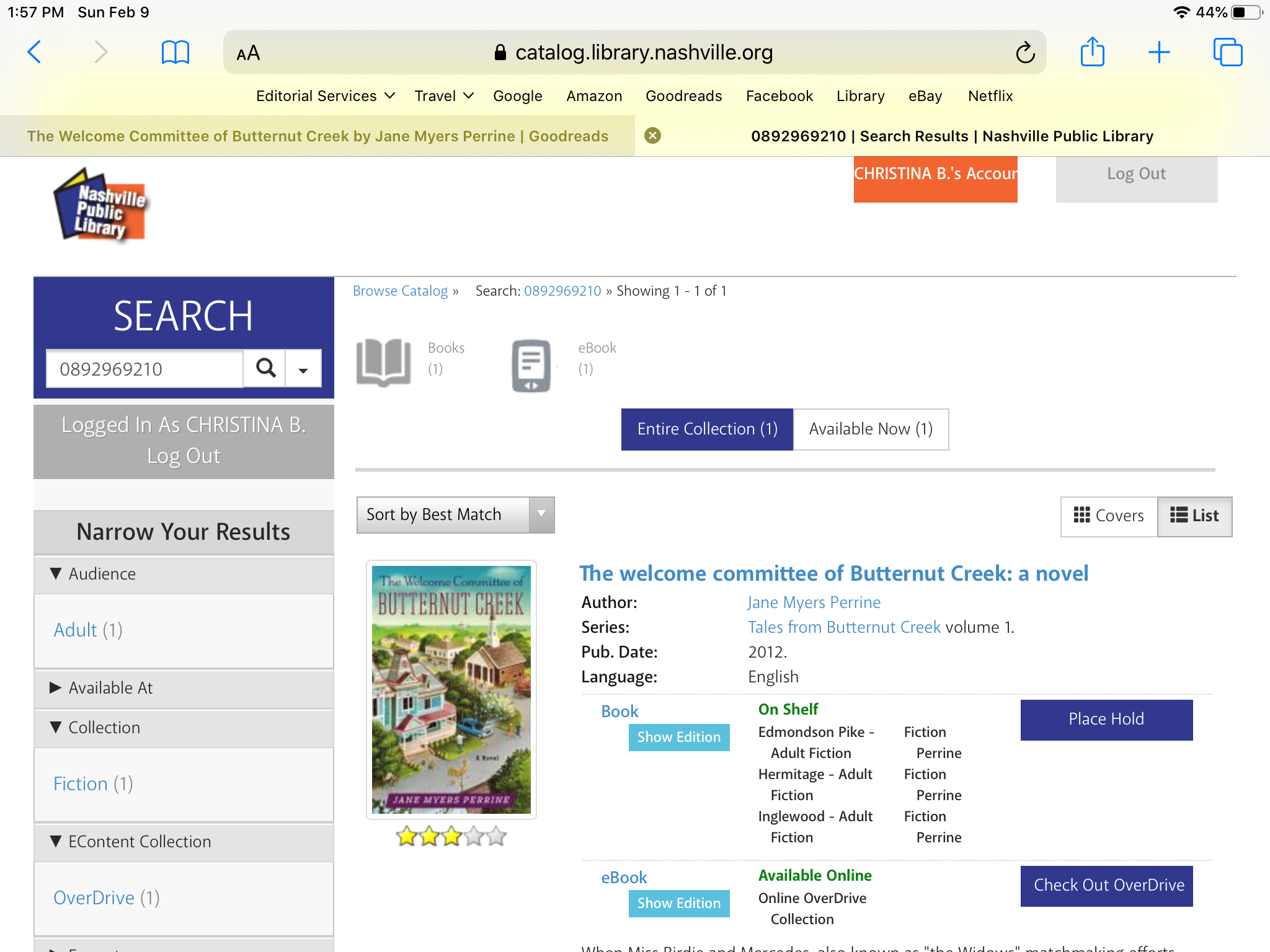
Those days are in the rear-view, but there's an updated version for Modern SharePoint: ?env=Embedded In the Classic SharePoint days, there was a way to create a focused view of just content by appending isDLg=1 as a query string to your URL. Read the official documentation on this in the article Maintenance mode for client-side web parts Put (Nearly) Anything in SharePoint into Focused Mode This is helpful for diagnosing issues with pages including those using the SharePoint Framework (SPFx). This gives you a behind-the-scenes view of the web parts on the page, and the data being sent back and forth between the page and the browser. … can be placed into Maintenance Mode by adding this query string to the URL: ?maintenancemode=true Put a Modern SharePoint page into Maintenance mode As a best practice, replace any space in your URL query string with a %20, like ?terms=policy%20security. Where it might not work consistently is when you share the URL via Email, text or Teams by copying and pasting it. So something like ?terms=policy security works just fine. Sharing (links) is caring - The URL, like the one in your browser's address bar, usually support spaces. This isn't really easier than clicking the button on the page, but it's a good example of changing a page's look or function dramatically with a query string URL. How does this mental modal of URL-as-page-transformer work in Microsoft 365? Keep reading! Useful Query String Tricks Put a Modern SharePoint page into Edit modeĪny Modern SharePoint Online page can be placed into Edit Mode by adding this query string URL: ?Mode=Edit Here's an example of multiple filtering with two keys ( products and languages) with their corresponding values ( m365 and javascript):Īnd here's that same page loads different content with different values ( ms-graph and html) In this example, we can change the value in our address bar (and hit return) and the page content may be different. Based on the key and value in it, we can infer that it might affect or influence the page to show different content.

It has a ? at the end with a key ( terms) and a value ( community content). You know this URL brings you to a website:Īnd this one brings you to a specific section of that same website: Overview The thing about query strings is… they are everywhere

These URL parameters will give you more options for solving problems. This article will cover some powerful parameters that you can stick on the tail end of a URL to change what's shown on the page. The data that populates the Teams app on your phone wouldn't make it there without the URL of the Graph API endpoint.Īs a site owner or Microsoft 365 admin, you'll see URLs all the time: SharePoint sites, Microsoft Forms, shared links, and even application shortcuts like. Despite all the apps, browsers, and tools that occasionally obfuscate it, behind the scenes the Internet is glued together in part by the Uniform Resource Locator (URL). The URL is a core tenet of our online lives. For official Microsoft content, see Microsoft 365 documentation.

This is an open-source article with the community providing support for it.


 0 kommentar(er)
0 kommentar(er)
